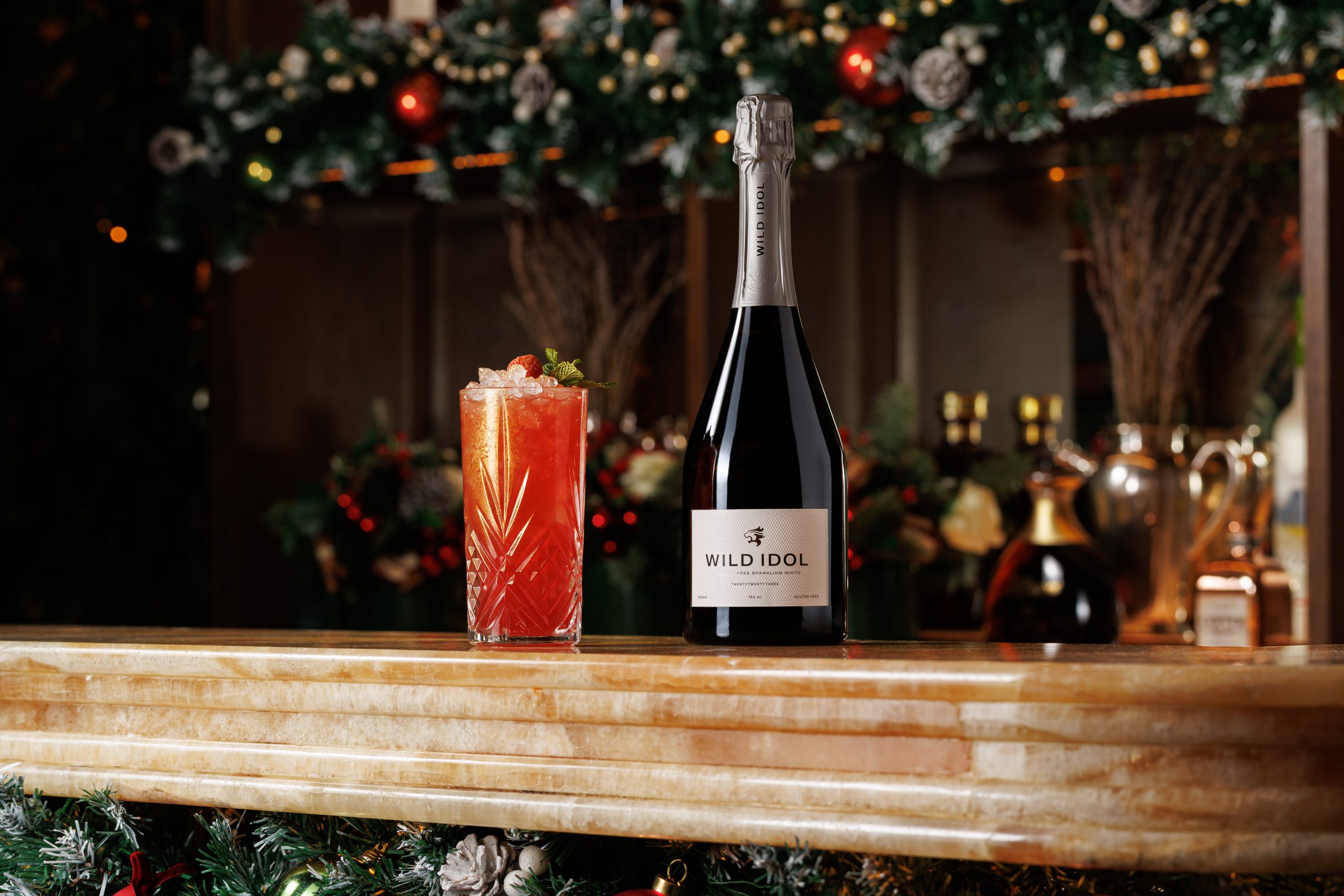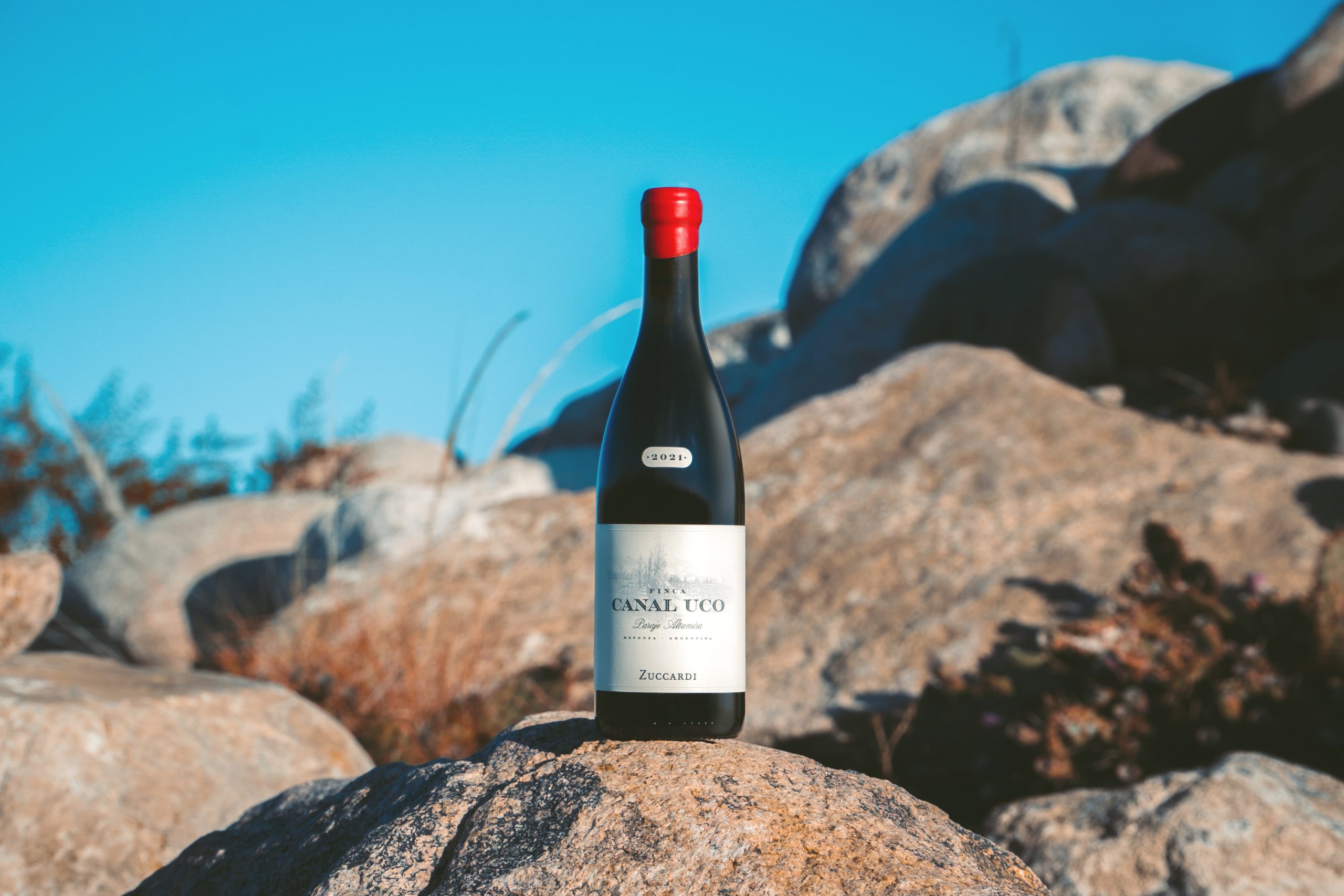VieVinum and Schloss Gobelsburg in pictures
It started with a schnitzel. Then another schnitzel. Then some beer. Then we were ready: four days of gargantuan drinking, meeting and eating in Vienna and Langenlois courtesy of the Austrian Wine Marketing Board and Wine & Partners.
VieVinum 2016 was the main event – the biggest and most important event in the Austrian wine industry calendar, held in Vienna’s opulent Hofburg Palace – with a chance for the many thousands of visitors to sample the best that Austrian wine regions have to offer.
There was also a chance to visit the historic Schloss Gobelsburg in Kamptal, where owner Michael Moosbrugger celebrated 20 years at the estate with a symposium on the history of winemaking and by popping the corks on some very special old-vintage Austrian wine.
db navigated this packed schedule of events with the energy, rigour and determined avoidance of Mozart-branded tat that you would expect, uncovering interesting stories along the way.
Zum Beispiel, on Mr Blaufränkisch, Roland Velich, of Moric, whose latest white wine shows exactly what he thinks about the natural wine movement; Michael Moosbrugger, who spoke the challenges presented by the planned harmonisation of German and Austrian quality wine classifications; and Fritz Wieninger, the trailblazer for Vienna’s vinous pride and joy, Gemischte Satz, who spoke of the growing trendiness of this misunderstood wine.
And so, in the pages that follow, db presents its pictorial highlights of a wonderful four days exploring the ample pleasures of the wine industry of Austria…
The trip began with a trip to Langenlois to visit the historic Schloss Gobelsburg – a very old pile of stones which dates back to 1074, with its celebrated vineyards on some of the oldest documented winegrowing sites in Austria – Heiligenstein, Gaisberg, Renner and Lamm.
Gobelsburg’s gained winemaking celebrity in the 19th century. Father Bertrand Baumann – a monk of the Cistercian monastery of Zwettl –took over in 1958 and was regarded as an extraordinary winemaker.
In 1996 the Gobelsburg estate moved out of monastery hands and is now managed by Michael and Eva Moosbrugger, whose stated aim is “to preserve, develop and bring the cultural heritage of Schloss Gobelsburg to a new generation”.
A view of the erste lage (premier cru) Heiligenstein vineyard which is farmed by some of Austrian winemaking’s most celebrated names: Gobelsburg, Hirsch, Bründlmayer, Jurtschitsch, Loimer…
The Heiligenstein vineyard – which is rightly famed for its Rieslings – was first mentioned in the Zwettl abbey register of 1280 as ‘Hellenstein’,
A ‘Hellen’ used to be a hunting place, in most cases a plateau with a sharp edge to which hunters would chase animals so that they fell to their deaths. It was later renamed Heiligenstein, or ‘rock of saints’.
As well as being the winemaker and boss and Schloss Gobelsburg, Michael Moosbrugger is the president of Traditionsweingüter Österreichs – Austria’s organisation of premium wine estates.
He and the rest of the Schloss Gobersburg team were celebrating 20 years of proprietorship of the estate by hosting a symposium of the history of winemaking.
As well as providing some fascinating insights on the continuities and discontinuities between winemaking of the 19th century and winemaking of the present day, the symposium attracted star winemakers such as Maria José Lopez de Heredia from the eponymous super-traditional Rioja estate, and István Szepsy from the revered Szepsy estate in Tokaji.
As well as enjoying several back vintages from Gobelsburg’s own stunning range, guest were lucky enough to try some seriously old stuff, including a 1949 Gemischte Satz and a 1938 Weingut Retzl Zöbing Riesling.
Moosbrugger’s presentation on historical winemaking revealed some of the key differences between winemaking practices at Gobelsburg in the 19th century and practices now.
In black-and-white times, harvesting was done not in plastic ‘cassettes’, but in ‘Bütten’, wooden bins that could be carried on the back to transport the grapes to the 15-30kg transportation casks.
In stark contrast to present-day convention, crushing of the grapes was done in the vineyard, either with a wooden stick or a grape mill, or ‘Mosteln’.
In testament to the estate’s winemaking heritage, Schloss Gobelsburg continues to make a ‘Tradition’ wine range. These wines are made using the traditional methods of the 19th century, “paving the way to an (almost) forgotten Austrian culture of taste”.
Before leaving Schloss Gobelsburg, db took a sneak peek in the kitchen at the wines that were to be poured for the symposium closing party.
It was a shame to leave the likes of Lopez de Heredia and Weingut Robert Weil, Nittnaus and Haart behind (that’s a very lovely traditional Georgian qvevri producer, Teleda, right of centre, by the way), but Vienna called…
One of the hot tickets at VieVinum was the Great Salon Vertical tasting of Austrian wines of all sorts from vintages 1988-2009. The event was held at the typically baroque and beautiful surrounds of the Palais Niederösterreich.
When so many wines of such consistent quality (talking here principally of the Grüner Veltliners and Rieslings) are freely available and brought faithfully to your table by willing sommeliers all day long, one has a tendency to jibber a bit, and also to think what a lucky creature one is.
A flight of 2006 Grüners was particularly special. Some of the older Blaufränkisches, however – indeed a good number of reds – showed an over-fondness for oak and a slightly disappointing lack of varietal character.
After the salon tasting, lunch, and an opportunity to try some FrittatenSuppe – delicious clear beef broth with shredded pancake and chives – for the first time.
There were also a selection of very fine rosé wines on show. It was interesting to discover the zesty Schlicher rosés of Styria, which are made from the ancient, high-acid, Blauer Wildbacher grape.
Opulence was provided by the Jurtschitsch Brut Rosé, which had a creamy strawberry aroma reminiscent of The Ritz dining room. The most impressive pink of the lot came from Domäne Wachau – the estate’s stunning, full-bodied and eminently ageworthy 1805 Reserve, made from Pinot Noir and Zweigelt.
Partner Content
One thing we weren’t prepared for in Vienna was the preponderance of horses. They were everywhere and, it has to be said, lent the city a recherche sort of charm.
How rare to see hoof marks on cobbles in this day and age. But not in Vienna…
VieVinum proper was taking place in the again overwhelmingly ornate, Versaille-like Hofburg Palace. At a tasting event on this scale, having a plan of action is important. As is a map.
After writing a feature on biodynamic producers from Austria in the May issue of the magazine, db was pleased to see a dedicated natural wine section to the fair, including wines from such trailblazers as Josko Ravner and Frank Cornelissen, along with (not pictured) the quite brilliant Sepp Muster and Ewald Tscheppe of Weingut Werlitsch.
db took the opportunity to chat to the master of Blaufränkisch, Ronald Velich of Moric winery. Velich revealed his latest bottling, ‘Super Natural’, a low-intervention white blend of Grüner Veltliner and Riesling with which he takes a bit of a sideswipe at the natural wine movement.
It was hard to get away from the Burgenland section of the fair, with so much exciting, often experimental winemaking going on. Martin Nittnaus (pictured) is the son of Anita and Hans Nittnaus of the highly respected biodynamic wine estate of the same name.
Martin, who helps his father Hans in the cellar and may well one day take over winemaking at the estate, showed us his two recent experiments: a skin-contact Grüner Veltliner with appealing reductive notes and loads of texture and aromatic character, and a similarly impressive, finely detailed ‘Manila’ Blaufränkisch.
Gerhard Pittnauer, one of the bigger Austrian wine successes thus far in the UK, was also at the fair showing his range, which included a couple of zero added-sulphur wines and a delicate floral orange wine, ‘Mash Pitt’, made with Grüner Veltliner, Sauvignon and Chardonnay.
Following on from our Austrian biodynamic wine feature which focused on the Respekt winemakers group – an organisation which distinguishes itself from Demeter by being solely dedicated to wine – db did not want to miss out on a tasting of the outstanding wines of one of the group’s newest members, Mosel winemaker Clemens Busch.
One of the pleasant discoveries of the fair was the high quality of much of Austria’s Gemischte Satz – field blend white wine, the production of which centres on Vienna, which even has its own Gemischte Satz DAC.
Fritz Wieninger is widely acknowledged as the don of Wien Gemischte Satz. It was interesting to hear confirmation from him of what we had heard, namely that there’s been a big resurgence in interest in Gemischte Satz in the past few years. Indeed, it’s become quite trendy in wine bars in Vienna and is even making inroads in the UK…
On the academic side of the fair, there was an interesting presentation of Erste Lage wines from both Germany and Austria, presented by Caro Maurer MW and Michael Moosbrugger, and aimed at addressing the long-term aim of the two countries to harmonise their premium wine classification systems.
Currently, Germany has Erste Lage (premier cru) and Grosse Lage (grand cru) classifications for its top-level Verband Deutscher Prädikats (VDP). Austria also has Erste Lage but not as yet Grosse Lage, although around 50 vineyard sites have been nominated for Grosse Lage classification.
This harmonisation is sorely needed for two countries’ wines whose labels have always been so intimidating to many international consumers. It is, however a long process. As Michael Moosbrugger pointed out, it will probably take decades.
There is also the small matter of the Grosse Gewächs classification for top-quality German dry wines, which has proved very successful for Germany but which presumably would have to be abandoned in the event of a harmonisation of wine classifications between Austria and Germany.
This was a very nice wine…
After all that wine tasting, there was only one place on earth db wanted to go, and that was the beer tent.
This was our favourite – a delicious tropical fruit/bitter hop-flavoured Austrian IPA.
Going back to Wien Gemischte Satz, we were next surprised by the breathtaking views afforded a short drive out of the city in Nussberg, where much of the city’s Gemischte Satz vines grow. The panorama was outstanding, the food and wine delicious and abundant.
Everyone was experiencing the first tingles of a party mood…
Then this happened.
Fifteen minutes later, this was the scene.
We suffered a deluge. Still, it was worth it to see Nussberg.




